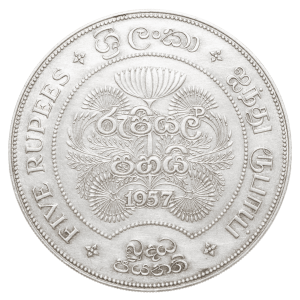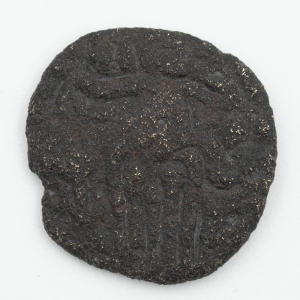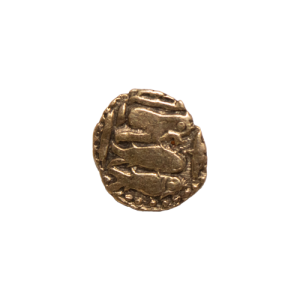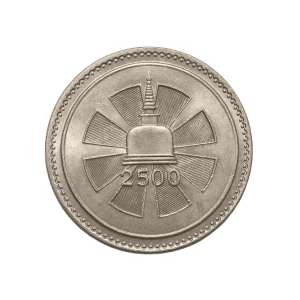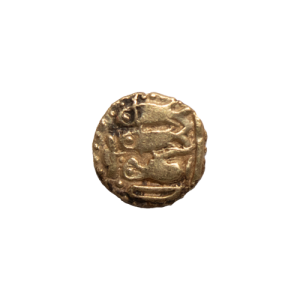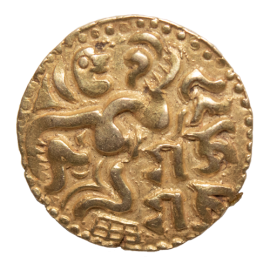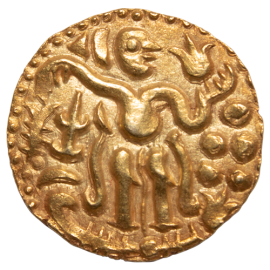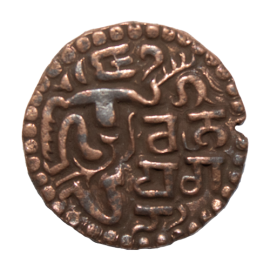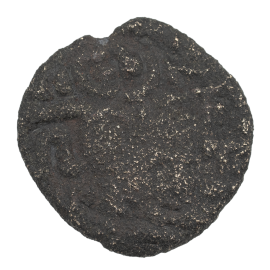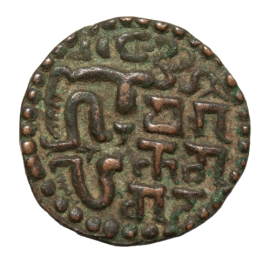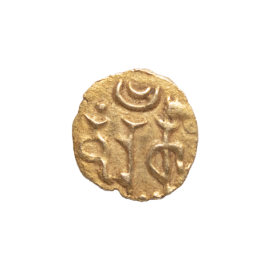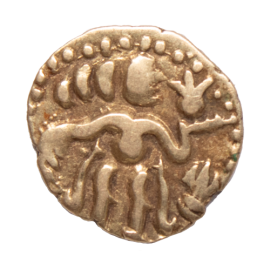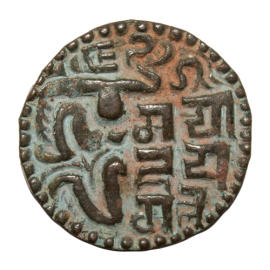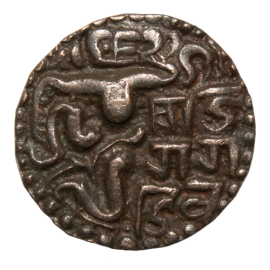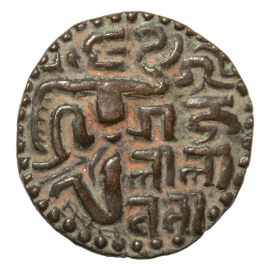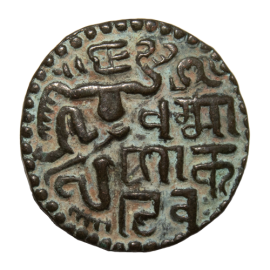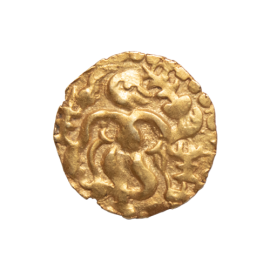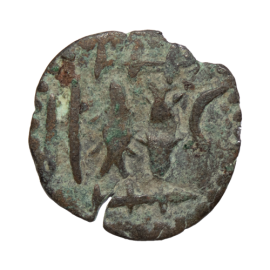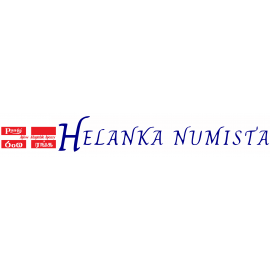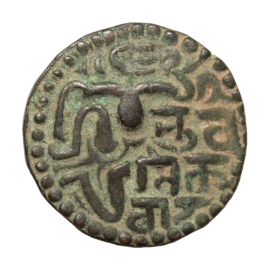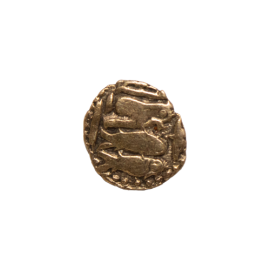▼
- Best sellers
Polonnaruwa to Kotte Era
In the Mahabharata, there are four main divisions belonging to the Dravidian family of South India. These can be shown as Kannada, Telugu, Malayalam, and Tamil. It is seen that more than fourteen dynasties have emerged for the governance of India since ancient times. They can be shown as Chola, Pandaya, Konguchera, Sultan of Madurei, Nayaka of Madurei, Nayaka of Thanjavur, Jinjinayake, Bana, Sethupathi, Thanjavur Maratha, Jinji Maratha, Sivaganga Raja etc.
Accordingly, one thing that can be clearly seen in the study of coins in Sri Lanka is that the Chola, Pandaya, and Chera rulers have exercised a large amount of authority in the monetary transactions of Sri Lanka. It is more prominent than the Anuradhapura period with the beginning of the Polonnaruwa period.
During the production of coins, it is seen that the face of the king who was ruling at that time or the emblems of the dynasty such as the tiger, fish, bow, boar, cow, elephant, etc. are printed on one side of the coin. Furthermore, the gods related to the religion of the ruler or the objects of nature considered sacred such as water, sun, moon, stars are printed on one side of the coin, but more space is provided for weapons dedicated to the gods. It is noteworthy that the coins of the Polonnaruwa period, which can be thought to have begun in the tenth century, have a largely uniform emblem for less than or more than five centuries until the Kingdom of Kandy.
Although the dynasties changed from time to time during this period, it appears that the main components of the emblems used in the coin printing of the members of the Dravidian family have not changed. The emblem on the reverse of the coin, which is thought to be the image of Lord Vishnu, stands out among these. When sorting coins, it can be observed that the name of the ruler is mentioned in the language characters peculiar to him (Vijayanāgara, Tamil) on most of the coins and that despite the common features, the emblem of his dynasty or several emblems are combined and printed on one side of the coin. When considering the weight in the production of coins, many coins are prepared so that they can be taken as multiples of the gunja and manchadi, which have been considered as a basic element of weight since ancient times. Since the gunja and manchadi of India and Sri Lanka do not have a uniform weight, slight differences can be seen in the weight of the coins.
මහා භාරතයේ, දකුණු ඉන්දියාවේ ද්රවිඩ පවුලට අයත් ප්රධාන කොටස් හතරකි. එනම් කන්නඩ, තෙලිඟු, මලයාලම්, තමිල් ලෙස දැක්විය හැකය. ඉන්දියාවේ පාලන තන්ත්රය සඳහා අතීතයේ සිට රාජවංශ දාහතරකට වඩා බිහි වී ඇති බව පෙනී යයි. චෝල,පාණ්ඩය, කොංගුචේර, මඳුරේ සුල්තාන්, මඳුරෙයි නායක, තංජාවූර් නායක, ජින්ජිනායක, බණා, සේතුපති,තංජාවූර් මරාත,ඡිංඡි මරාත,සිවගංග රාජ ආදී ලෙස දැක්විය හැකයි.
මේ අනුව ලංකාවේ කාසි අධ්යයනයේදී පැහැදිලිව දැකගත හැකි කාරණයක් වන්නේ චෝල, පාණ්ඩය, චේර බල අධිකාරින් විසින් විශාල ලෙස ලංකා කාසි මුදල් ගනුදෙනු කිරීමේ දී අධිකාරි බලයක් පවත්වා ඇති අයුරු පෙනීයයි. අනුරාධපුර යුගයටත් වඩා එය කැපී පෙනෙනුයේ පොළොන්නරුව යුගය ආරම්භයත් සමඟය.
කාසි නිපදවීමේ දී එවකට පාලනය කරනු ලබන රජුගේ මුහුණ හෝ රාජ වංශයේ ලාංඡනයන් වූ කොටියා, මාළුවා, දුන්න, ඌරා, ගවයා, අලියා වැනි සත්ව රෑප කාසියේ එක් පැත්තක මුද්රණය කර ඇති බව පෙනේ යයි. තව ද එම පාලකයා අදහන ආගමට සම්බන්ධ දෙවිවරුන්ගේ හෝ පූජනීය තත්ත්වයේ සැලකූ ස්වභාවධර්මයේ වස්තූන් වන ජලය, සූර්යයා, චන්ද්රයා, තරු වැනි වස්තූන් සංකේතවත් කරමින් කාසියේ එක් පැත්තක මුද්රණය කර ඇති නමුත් වැඩි ඉඩකඩක් සලසා ඇත්තේ දෙවියන් සඳහා කැපකළ ආයුධ සඳහා බවත් කාසි නිරීක්ෂණයේ දී අපට දැක ගත හැකිය.මෙහිදී දස වැනි සියවසේ ආරම්භ වූයේ යැයි සිතිය හැකි පොළොන්නරු යුගයට අයත් මසු කාසි සියවස් පහකට අඩු හෝ වැඩි කාලයක් මහනුවර රාජධානිය දක්වා බොහෝ දුරට ඒකාකාරී ලාංඡනයකින් පැවතීම විශේෂත්වයකි.
මෙහි අතරතුර කාලය තුළ රාජ වංශ වරින් වර වෙනස් වුවද ද්රවිඩ පවුලට අයත් සාමාජිකයින් කාසි මුද්රණයේ යොදාගත් ලාංඡනවල ප්රධාන සංඝටක වෙනස් නොකර ඇති බව පෙනී යයි. විශේෂයෙන් මසු කාසියේ පිටුපස විෂ්ණු දෙවිගේ රූපය යැයි සිතිය හැකි ලාංඡනය මේ අතරින් කැපී පෙනෙයි. කාසි වර්ග කිරීමේදී කාසි වැඩි ප්රමාණයක පාලකයාගේ නම තමන්ට ආවේණික වූ භාෂා අක්ෂරවලින් (විජයනාගර,දෙමළ) සඳහන් කිරීමත් පොදු ලක්ෂණ එසේ තිබියදී තම වංසයේ ලාංඡනය හෝ වංශ ලාංඡන කිහිපයක් සංයෝජනය කර කාසියේ එක පැත්තක මුද්රණය කර ඇති බවත් නිරීක්ෂණය කරගත හැකිය. කාසි නිපදවීමේ දී බර සැලකිල්ලට ගත් කළ ඈත අතීතයේ සිට බරෙහි මූලික අංගයක් ලෙස සැලකූ ගුංජා, මංචාඩි වල ගුණාකාර ලෙස ගත හැකි වන පරිදි බොහෝ කාසි පිළියෙල කර ඇත. ඉන්දියාවේ සහ ලංකාවේ ගුංජා සහ මංචාඩිවල ඒකාකාරි බරක් නොතිබීම හේතුවෙන් කාසිවල බරෙහි එකිනෙකට සුළු වෙනස්කම් දැකගත හැක.
Refine Search
-
 Sri Rāja Rāja Massa Coins (51)
Sri Rāja Rāja Massa Coins (51)
-
 CH0LA - LANKA (947- 1044 CE) (238)
CH0LA - LANKA (947- 1044 CE) (238)
-
 Wijayabahu Coins (19)
Wijayabahu Coins (19)
-
 Gajabahu II 1131–1153 (1)
Gajabahu II 1131–1153 (1)
-
 Parākramabāhu Coins (16)
Parākramabāhu Coins (16)
-
 Durgha Gold Coins (4)
Durgha Gold Coins (4)
-
 Gold Massa Aka Coins (65)
Gold Massa Aka Coins (65)
-
 Magathaya Malla Massa Coins (14)
Magathaya Malla Massa Coins (14)
-
 Chodagangadewa Massa Coins (10)
Chodagangadewa Massa Coins (10)
-
 Leelawathi Massa Coins (9)
Leelawathi Massa Coins (9)
-
 Dhammashokadewa Massa Coins (6)
Dhammashokadewa Massa Coins (6)
-
 Lakshmi Gold Coin (14)
Lakshmi Gold Coin (14)
-
 Pandya Coins (17)
Pandya Coins (17)
-
 Parākramabāhu II Coins (21)
Parākramabāhu II Coins (21)
-
 Buwanekabahu Copper Massa Coins (16)
Buwanekabahu Copper Massa Coins (16)
-
 Parākramabāhu VI Coins (16)
Parākramabāhu VI Coins (16)
-
 Uddhamalla Gold Coin (2)
Uddhamalla Gold Coin (2)

